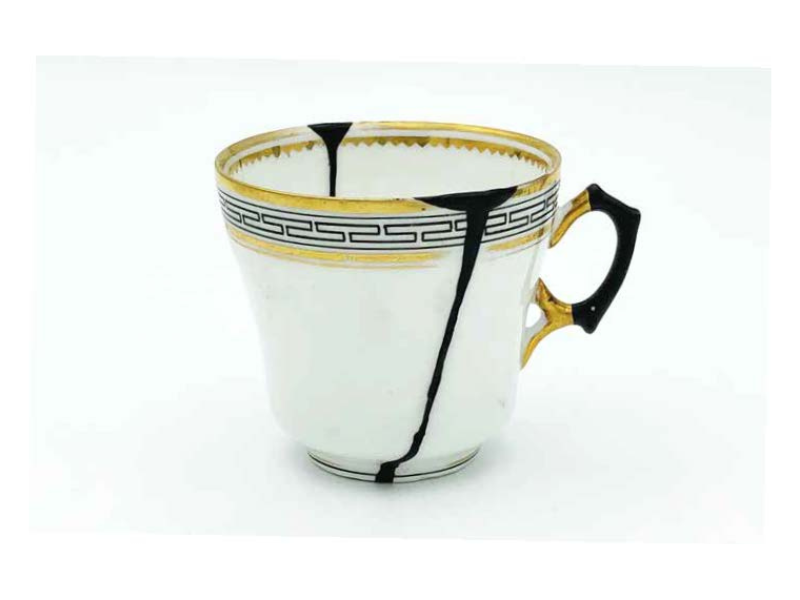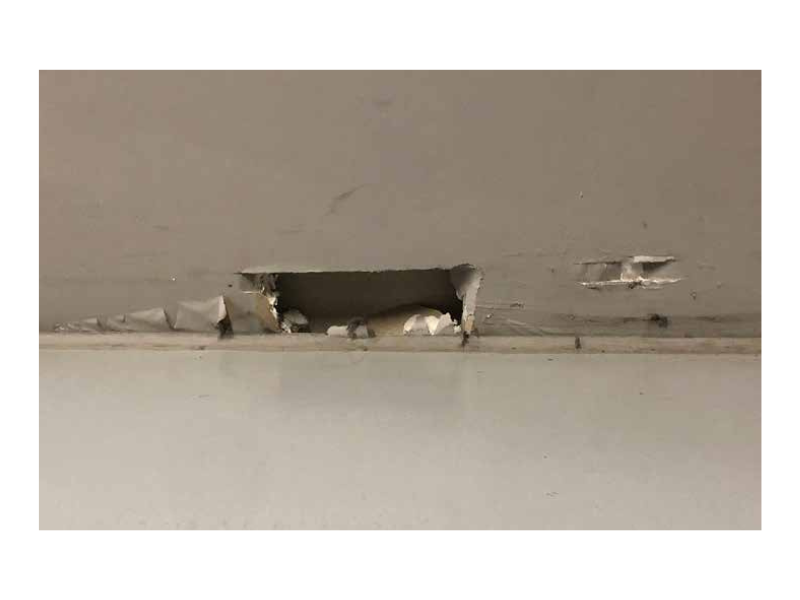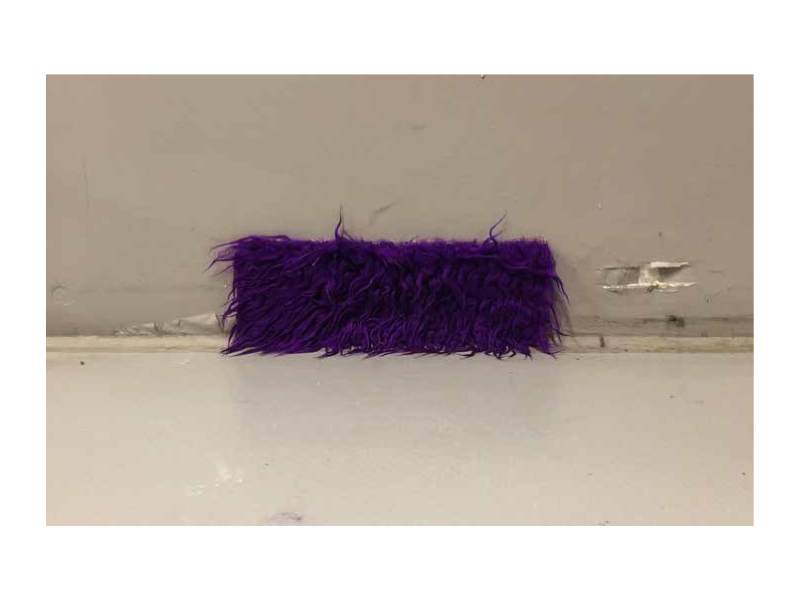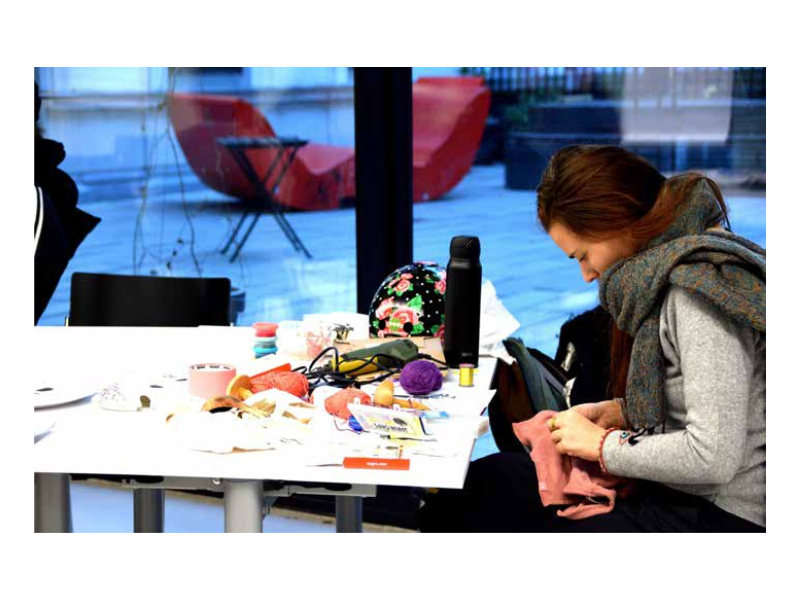
A visible repair is one of a kind. Each repaired object carries a unique history, which can be told through it‘s mending experience, choice of material and artistic expression. In a community where creative ways of mending skills are shared, their impact on the environment are inevitable. Our society needs to be fixed, more than ever!
The idea of a visible repair lab was born with the strong wish to connect people with a common interest: the love and care for everyday objects and our environment. As we are all born into an era of advanced industrialisation and mass production, a repair is a rebellious and subversive act. Together in a group of repairing people, we strive for a sustainable society in accomplishing this mindful practice of repairwork.




The idea of a Visible Repair Lab was born with the strong wish to connect people with a common interest: the love and care for everyday objects and our environment. As we are all born into an era of advanced industrialisation and mass production, a repair is a rebellious and subversive act. The easier available an object is, the less value it is given. If an object breaks, most people would rather dispose it than fix it, because replacing it with a new one is easier and less of a hustle than investing time for a careful repair. A visible repair is one of a kind.
With the Visible Repair Lab a space is given to share: technical & material knowledge, ideas & problem solving skills, joy of creating & art, awareness & responsibility towards ressources, stories of healing & recovery.
Within the project Raum für Nachhaltigkeit the concept of a visible repair lab was given the chance to be elaborated into a workshop format consisting of 4 parts:
At the University, or outdoors. If there is a workshop and materials to be used it is handy but not mandatory.
Depending on the repair itself, basic materials and tools such as needles, wool, cotton thread & wires in different thicknesses, copper wire is soft to work with, pliers, a drilling machine and drills for different materials (ceramics, metal wood) are excellent tools to fix a lot of materials. To level up different types wood and metal working tools, urushi and other compound materials can be considered.
In order to have a successfull visible repair lab workshop, participants with a common interest are needed: the will to make something broken not only functional but also beautifully mended. The skills for mending are learned by doing the repair. There are different degrees of difficulty, which makes visible repair perfect for any levels. Basic stitching skills to beautiful embroidery, from basic whole drilling and binding together towards interweaving baskets, almost any skill can be applied to any broken object. It is important to know the level of skill that wants to be acquired with a repair, to have successful repair and the feeling of accompishment, contributing to society in not throwing away an object.
The focus can be on the theoretical and philosophical part or rather on the practical skill part. Ideally it is both.
With the practical skills someone acquires while repairing theit self-efficacy is becoming stronger. When reflecting on the final repaired piece, even there might be place for improvement, the piece is functional. Once the experience of a repair is ignited
– Having the achievement of a completed functional repair
– The motivation of being ablte to repair other things is high.
In this manner a visible repair workshop is contributing towards a repairing society rather than a disposeable one. Our society‘s approach towards objects and their replacement can be discussed in a philosophical manner. A vivisble repair is about embracing the history of brokenness. It raises questions about planned obsolescence and raises awareness towards consumerism.
Since the visible repair lab was a new concept, being adapted and evaluated constantly, there is still space for improvement. Due to the individual nature of a single repair, it is difficult to adapt to a format, that teaches the same quality and level of skill to all participants. With the Visible Repair Lab knowledge in the fields of material, technique, handling tools, ideas & problem solving skills, production methods and industrial manufacturing are acquired. Someone who wants to repair something needs to get into a dialogue of how a product is made, why objects are behaving in certain ways and which resources were used. And since every repair is unique, everyone is learning form everybody else‘s repair, which makes a Visible Repair Lab a mindful practice and a valuable learning tool for members of our (future) society.

